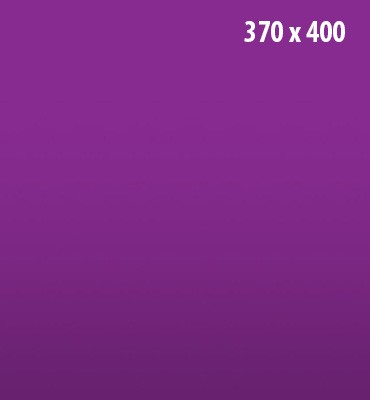Choosing the Perfect Water Pipe
Now other than the USB 2.0 connection, there really isn’t anything wrong with this drive and that’s not really that bad. So, why am I doing this? Shortest answer, because I can. The MyBook has been sitting around for years. Yes, it has been storing stuff, but I easily cleaned the drive by coping what I wanted to keep onto other drives I had around. Aside from doing it to be doing it, I will have a use for it in a few days. I grabbed a Dell Optiplex 990 MT off eBay and it doesn’t include a hard drive. So, the drive from the MyBook will go in the 990, along side a 120 Gb Mercury Electra 3G SATA II SSD from Other World Computing. My plan is to run the OS and programs from the SSD and the HDD will be used for storage.
To get this process started, as I mentioned above, I copied over any files I wanted to hang onto. After which, I reformatted the drive. I did so on a Mac, and I plan to run Linux on the new system, so I formatted the drive as MS-DOS. Not that big of a deal, as it’ll be reformatted when I install the OS, but just in case. With a fresh drive, I unhooked the power and usb cables and took the drive to my work bench. Using a putty knife, I pryed the edges of the case away from the top, bottom and connector sides. It was a pain! Mostly because I didn’t want to destroy it. I wasn’t even sure what was going to be inside when I opened it, so I wanted to put it back together if I felt in over my head once I cracked it open.

After some fighting, I finally got the cover loose and slide the guts out of the ‘book’ (if you think of the design as an actual book). Inside is a 3.5” hard drive with some sort of shiny box attached to it and they are mounted into a metal bracket. The metal bracket has rubber feet at four points. These rubber feet slide into slots on the outer case ring and act as a vibration reducer. The shiny box attached to the drive is the board with the usb, power and sata connections. The rubber feet just slide out of the outter ring’s slots. The hard drive comes out by unscrewing 5 screws, 2 of which hold the connector board to the drive. Once all the screws are detached, everything just slides apart easily.
I did a small amount of digging on the actual drive that I pulled out of the MyBook. Obviously, it’s a Western Digital drive. According to the label, it is a WD Caviar SE WD3200AAJS-00VWA0. It was manufactured in August of 2007. When I googled the first portion of the model number, before the dash, I got results for a WD Caviar Blue drive with the exact specs as the one I have in my hands. When you add the remaining numbers, you get refurbished drives, exactly like the one in my hand. I’m assuming the Blue drives are consumer purchased and the one I have is the same drive branded or labeled differently. Honestly, I’m doing a lot of assuming, but for what it matters to me, it works.






